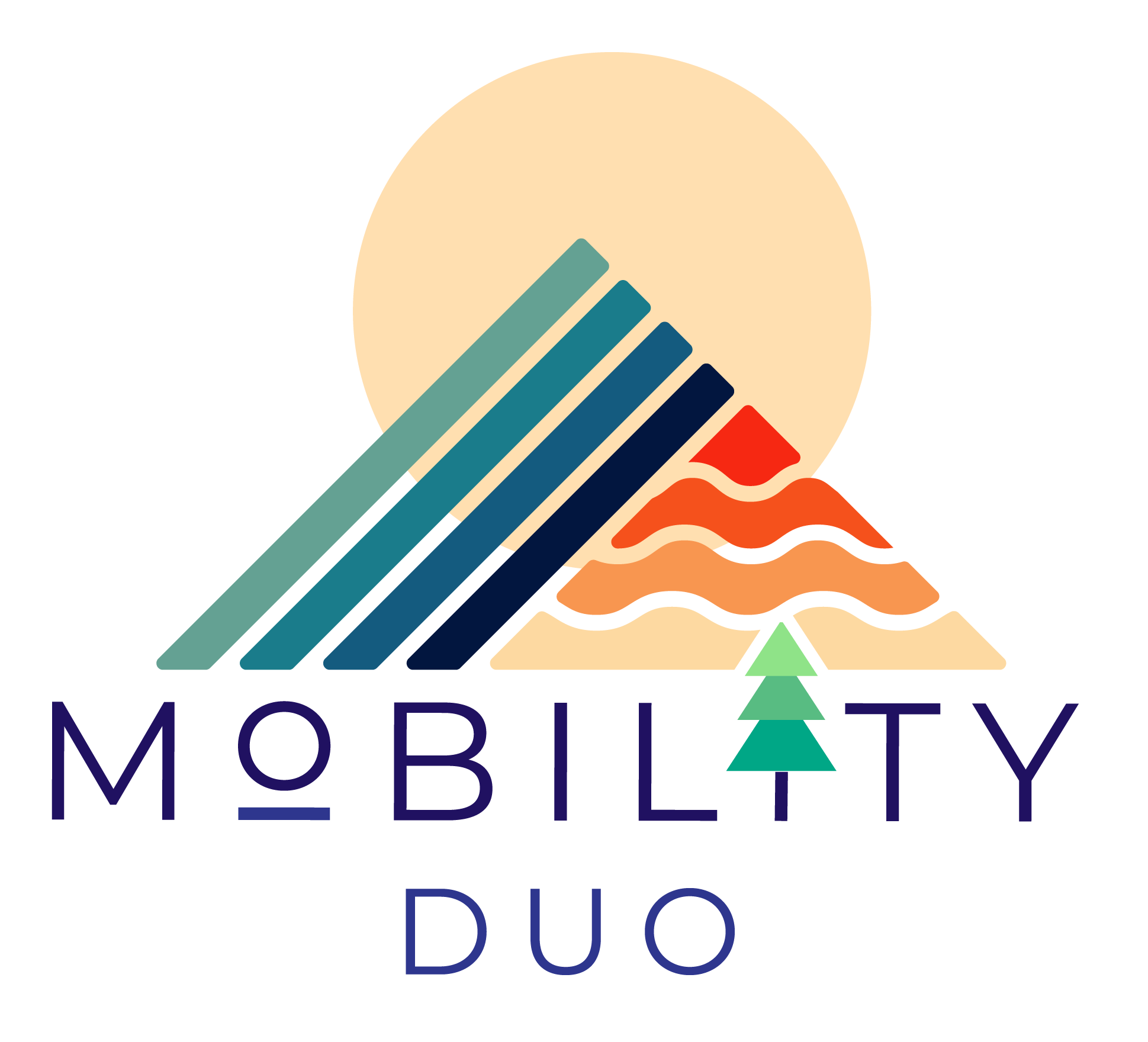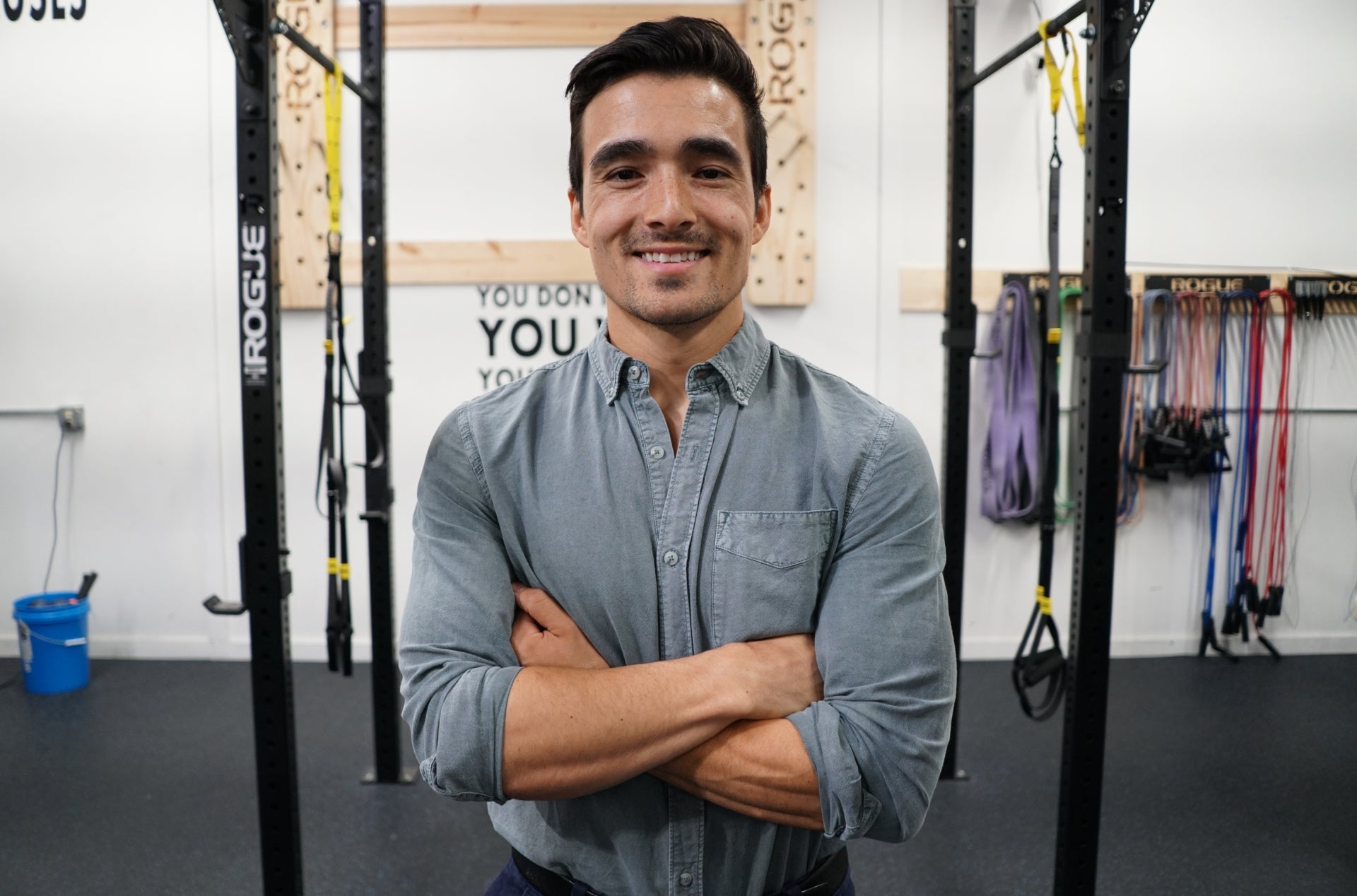As a Doctor of Physical Therapy and passionate snowboarder, I often see knee pain caused or aggravated by improper stance and alignment. Your stance – the width and angles of your feet on the board – significantly impacts how your body moves and absorbs forces while riding. Remember, these are simply my observations and experiences, not medical advice.
Let's break down the key elements of snowboard stance and how they can affect your knees:
1. Stance Width
-
Too Wide: A stance that's wider than shoulder-width can overstress your groin, inner thighs, and knees, particularly when making quick turns or absorbing impacts. A lot of this force is directed medially (inward) on the knees which is often the first place discomfort can arise. On the positive side, a wider stance can often aid in increased balance and landing specific tricks.
-
Too Narrow: A narrow stance can limit your ability to balance and control the board, potentially leading to awkward movements and knee strains. In addition, a narrower stance can often make your flexed (squat) position more challenging, especially with boots on.
-
Finding the Sweet Spot: Start with a stance slightly wider than shoulder-width. Experiment with small adjustments to find what feels most comfortable and stable for you. Consider factors like your height, riding style, and the type of terrain you prefer. Based on comfort, stiffness of the boots/ bindings, current/ past injury the stance should be comfortable and tuned into your abilities/ terrain. A common width is around 20”-22” as a good starting place.

2. Stance Angles
-
Front Foot Angle: Most riders use a positive angle (toes pointing towards the nose), typically between 15-21 degrees. This helps with turning and control. This can provide a lot of relief for those who have medial (inner) knee pain. Again, most of the force goes through the medial side of the knee in day to day activity.
-
Back Foot Angle: This is where things get interesting, and where knee pain can often originate.
-
Duck Stance (Positive/Negative): Both feet angled outwards. While popular for freestyle, this can put extra stress on the knees, especially the MCL (medial collateral ligament) of the back leg.
-
Positive/Zero Stance: Front foot angled forward, back foot at zero degrees. This can be a good option for all-mountain riding and may be easier on the knees.
-
Positive/Positive Stance: Both feet angled forward. This can be comfortable for those who primarily ride one direction and may reduce strain on the back knee.

How Stance Affects Your Knees
-
Alignment: Your stance influences how your knees track over your feet. If your knees are forced inwards or outwards excessively, it can create strain on the ligaments and cartilage.
-
Muscle Activation: Different stance angles change how your muscles work. For example, a duck stance may overwork your adductors (inner) thigh muscles, while a positive/positive stance may emphasize the outer thighs.
-
Force Absorption: Your stance affects how your body absorbs impact from landings and uneven terrain. A wider stance can distribute forces more evenly, but excessive angles can increase stress on specific parts of the knee.
-
Current Mobility: Based on how flexible or mobile you currently are can be another determining factor how your stance. If you dont have enough ankle/ knee/ hip flexion, this can absolutely effect your choices. For example, a more duckfooted stance may be easier for you to squat down. Remember, not all legs are created equal so one side may be more mobile than the other.

Tips for Finding Your Optimal Stance:
-
Start with a neutral stance: Begin with a slightly wider than shoulder-width stance and angles around +15/-15 or +18/-18.
-
Experiment: Make small adjustments to your width and angles, paying attention to how your knees feel during and after riding.
-
Consider your riding style: Freestyle riders may prefer a wider, duck stance for better balance while spinning and landing jumps. Freeriders might opt for a narrower stance with less angle for more powerful carving.
-
Listen to your body: If you experience knee pain, don't ignore it. Try adjusting your stance or seek advice from a professional.
-
Strengthen and mobilize: Use SNOGA and Shred 3.0 to improve your flexibility, strength, and body awareness. This will help your body adapt to different stances and reduce your risk of injury.
Don't let your stance sabotage your snowboarding! By understanding how your setup affects your knees, you can make informed adjustments and enjoy a more comfortable and pain-free ride.



Leave a comment